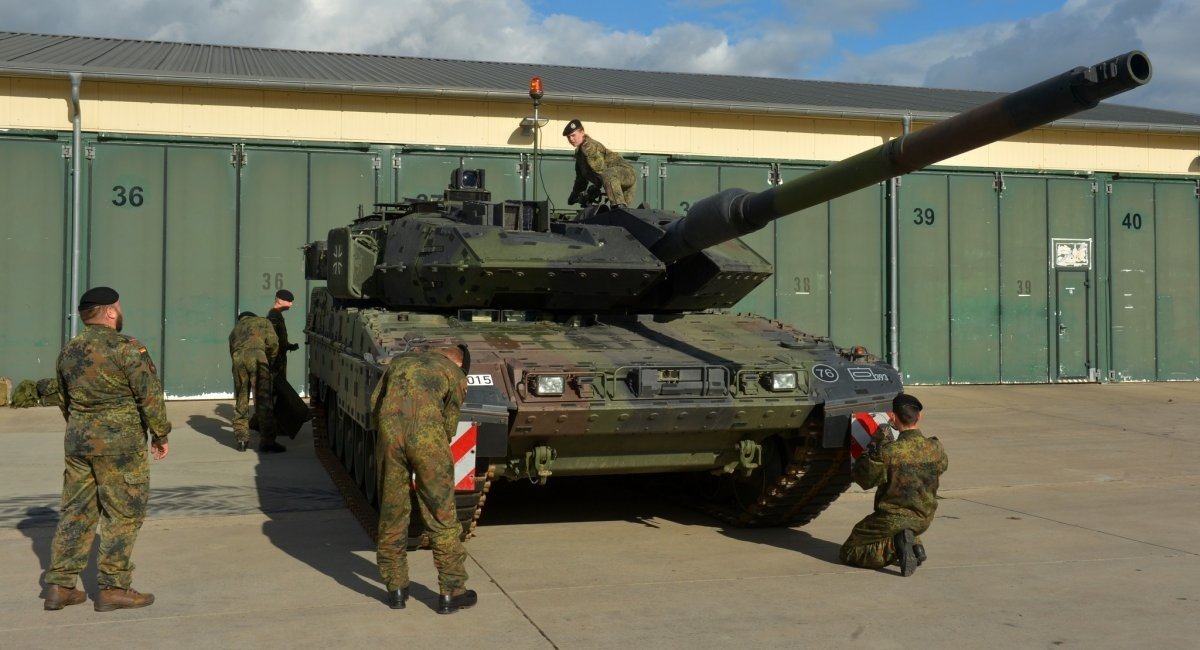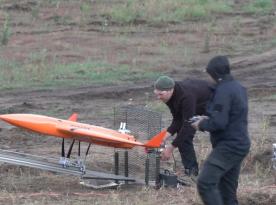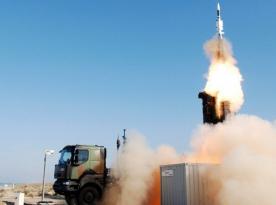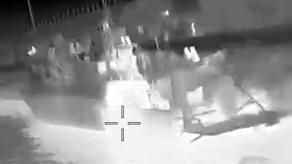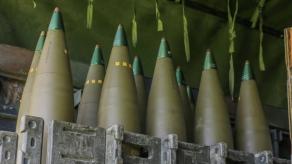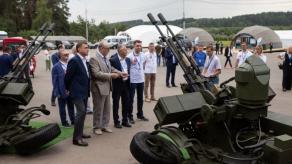It is no news that Germany is not a good example of combat strength and definitely not the "shield of Europe" it strives to be. The more we dive into details of the country's combat capability, the more catastrophic it looks. Germany has only about 30% PzH 2000 artillery pieces in operational state, ammunition stocks for about three days of active warfare, malfunctioning Puma IFVs and Tiger helicopters.
Bundeswehr has admitted its limited combat capability and readiness to participate in basic NATO missions. Now there are serious doubts that the German army can comply with its NATO obligations within the Very High Readiness Joint Task Force (VJTF). The problem is, Germany has been preparing to take up the commanding role of this task force, but when the time came, it turned out to be not ready, Spiegel reports.
Read more: The Bundeswehr Claims to Have Limited Combat Capability: Problems Even With Participation In Basic NATO Missions

According to the journalists, Bundeswehr did not manage to form up a combat-ready battalion of 30 Leopard 2A7 tanks that was supposed to become part of the VJTF. The 393rd Tank Battalion assigned for this task turned out to have only 20 out of 40 tanks in operational tanks. And this is an improved result, since there were 17 of them at the beginning of this year.
Therefore, to reach the required number of 30 vehicles, the Germans had to either look for them in other units or instead involve the 107th Tank Battalion – apparently the only fully operational battalion on Leopard 2A7 in the entire Bundeswehr.
But the picture would not be full if we didn't mention the information obtained by Bild from André Wüstner, Chairman of the German Armed Forces Association (Deutscher Bundeswehrverband). He stated that out of 300 Leopard 2 tanks in service with the German army, only 30% are in a combat-ready condition.
That said, the situation with main battle tanks in Germany seems like a paradox: having produced more than 3,600 Leopard 2 tanks back in the day, German industry now cannot provide sufficient maintenance to the ones available in the Bundeswehr and to other countries operating this tank.
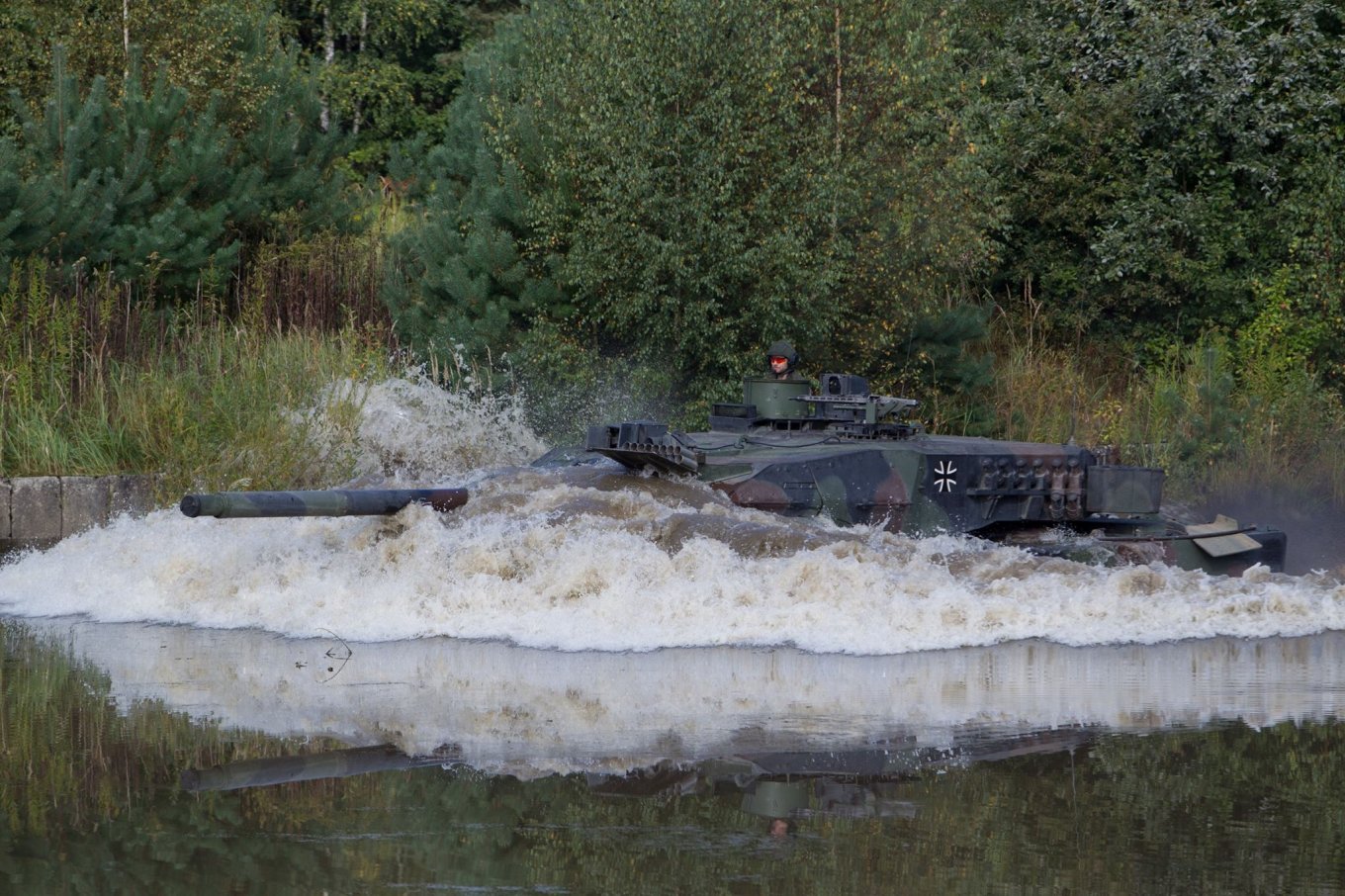
On a side note, the process of transferring Leopard 2 tanks to Ukraine was also limited by the lack of spare parts needed to restore the tanks taken from storage. But these problems appear in new light after we consider the actual state of the Bundeswehr itself.
Surely, the answer to these problems should be the expansion of production, both in terms of spare parts and new vehicles, as well as the modernization of older versions of the Leopard 2.
For example, KMW arms company has already noted that the current maximum capacity of new tanks production is about 50 vehicles per year, or about 4 per month; and modernization of old tanks to the modern version is going at a rate of 60-70 per year, 5-6 per month.
Although during the Cold War, KMW produced 300 Leopard 2s per year, or 25 units per month. Worth mentioning, the vast majority of these vehicles went directly to the Bundeswehr.
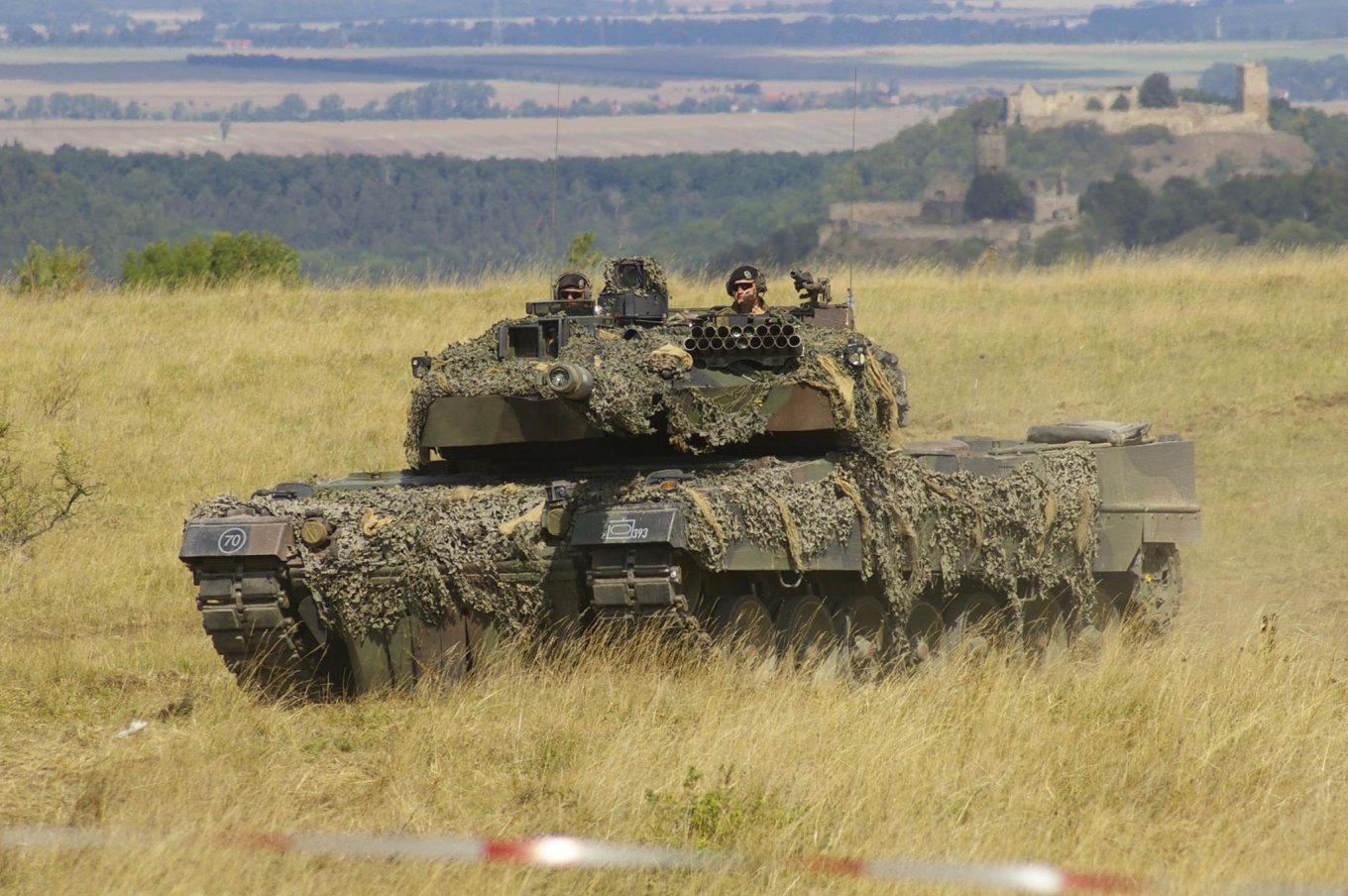
In this situation, it would be very optimistic to assume that KMW will be able to increase production six times in the short term, just to reach the rates from the times when the Bundeswehr indeed was the tank power of the European part of the Alliance. Therefore, it is unlikely that Berlin will be able to radically change the situation in the near future. Even if we take into account the record-breaking EUR 100 billion in extra defense funding coming from a special fund over the next few years.
However, as the mentioned Chairman of the German Armed Forces Association noted, in reality the Bundeswehr needs not 100 billion but 300 billion euros. And it requires an actual increase of defense budget, not a fund, for about 10 billion per year just to comply with obligations before NATO.
Meanwhile the German defense budget for 2023 is €50.1 billion, and it's 0.3 billion less than in 2022. The extras coming from the special fund add another 8.5 billion to reach almost 60 billion in total.
Read more: Spain’s Leopard 2 Were Stored In Poor Conditions, But the Country Will Do Everything to Supply Ukraine With Them As Soon As Possible




